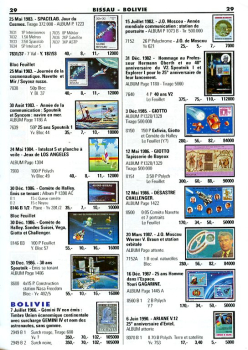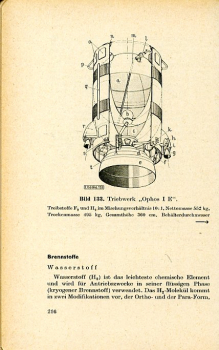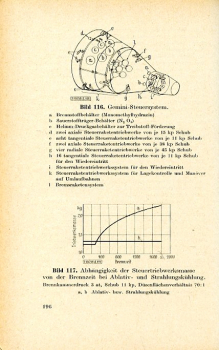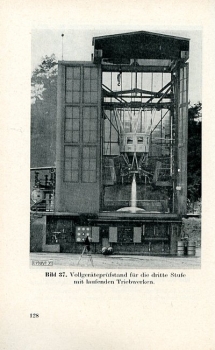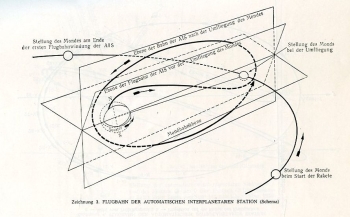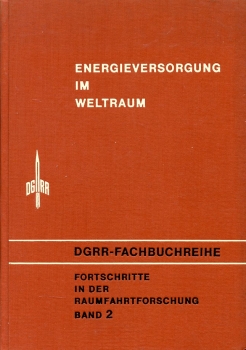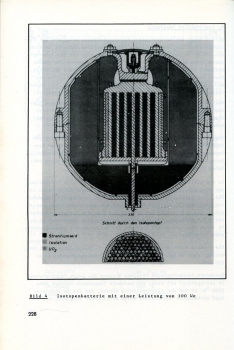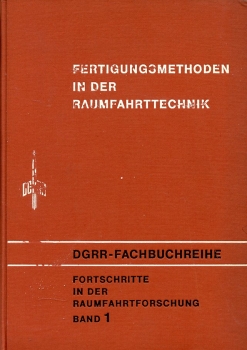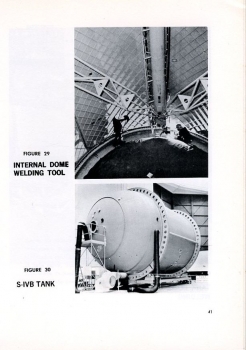Pichler, Dr. Herbert J.
Erstausgabe
Einleitung von Wernher von Braun.
Unter Mitwirkung von Peter Kaiser und Josef Pointner
Dies ist der Bericht über das größte Abenteuer der Menschheit: die Eroberung des Mondes. Dieses beispiellose Unternehmen, Erfüllung eines uralten Traumes, bedurfte zu seiner Verwirklichung der Mitarbeit von 400.000 Menschen: Wissenschaftlern, Technikern, Arbeitern und... Astronauten.
Der Mensch hat die furchtbare Leere des Weltraums, die Kälte nahe dem absoluten Nullpunkt, die Schwerelosigkeit, den Andruck kosmischer Geschwindigkeit und die Gefahren der Strahlung überwunden. Zum erstenmal hat er den Fuß auf den Boden eines fremden Weltkörpers gesetzt. Er hat die ihm total feindliche Umwelt besiegt.
Mft einem Minimum an Sicherheitsreserven sind die Astronauten von „Apollo 11" auf dem Mond gelandet. Sie haben die allergefährlichste Phase, den Start vom Mondboden aus und die Rückkehr der Mondfähre zum Mutterschiff, gemeistert — anders als beim Start von der Erde, wo tausende Techniker, Wissenschaftler und ein Großaufgebot von Hilfsmitteln zur Verfügung standen; sie haben es gemeistert, ganz allein auf sich gestellt.
Dieses Buch schildert das Unternehmen der Mondlandung in all seinen Phasen und Details. Mit all seinen menschlichen und wissenschaftlichen Aspekten. Aber dieses Buch berichtet auch von der gigantischen Arbeit, die voranging; es legt die wissenschaftlichen Voraussetzungen leicht verständlich dar und schildert, wie sich der Mensch mit der Erfindung des Raketenantriebs Schritt für Schritt in den Weltraum hinauswagte; wie die beiden Supermächte, die USA und die Sowjetunion, den Wettlauf um die Eroberung des Kosmos begannen, den Wettstreit darum, wer als erster auf dem Mond landen werde. Der Autor dieses Buches, Dr. Herbert J. Pichler. Raumfahrtexperte, TV-Kommentator, NASA-Mit-arbeiter und Raumfahrtmediziner, hat auf Cape Kennedy, in Houston, Pasadena, Huntsville, kurz, in allen Zentren der amerikanischen Weltraumfahrt die Einrichtungen der NASA genau kennengelernt, er hat mit den Wissenschaftlern und Technikern und mit den Astronauten selbst eingehende Gespräche geführt. Zehn europäische Fernsehstationen, unter ihnen auch sowjetische, haben Dr. Pichlers Gespräch mit Wernher von Braun, dem Schöpfer der Mondrakete Saturn 5, ausgestrahlt. Dr. Pichler befaßt sich in diesem Buch auf das genaueste mit allen technischen, astronomischen, physikalischen, aber auch psychologischen und medizinischen Problemen der „Apollo-11 "-Mission. Alles was zum Verständnis der Raumfahrt und der Mondlandung unerläßlich ist, wird hier dargelegt: Astronomie und Selenologie; Beschleunigungs-, Geschwin-digkeits- und Treibstoffprobleme; der Aufbau der Rakete, des Raumschiffes und des Mondlandebootes (LM); die Funktionen der Instrumente; die tödlichen Gefahren, die Anpassungsschwierigkeiten und die physischen und psychischen Belastungen, denen die Astronauten ausgesetzt sind.
Zahlreiche Skizzen, Übersichten und Tabellen machen das Verständnis der Raumfahrtprobleme leicht.
Ein „kleines Raumfahrtlexikon" erklärt alle wichtigen Fachausdrücke und wissenschaftlichen Begrfffe der Astronautik.
Dem Buch liegt eine Faltkarte bei, die zum erstenmal beide Seiten des Mondes, also auch die der Erde abgewandte Hälfte des Erdtrabanten, in genauer und umfassender Darstellung zeigt.
Leinen mit Schutzumschlag
405 Seiten / pages
93 Bilder davon 34 in Farbe, 40 Illustratationen im Text und einer farbigen Faltkarte (Vorder- und Rückseite des Mondes)
sehr gut erhalten
Wien - München - Zürich - 1969 - Verlag Fritz Molden
Art.Nr. 24226



